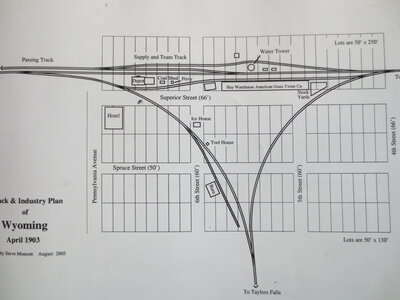NorthBrit
Well-Known Member
August 2nd
David
1870 World's first underground railway opened
The Tower Subway beneath river Thames in London opened its doors for passengers. The subway was closed within a few months because of bankruptcy. The tunnel is now used for utilities.1990 Invasion of Kuwait begins
In 2 days Iraqi forces had overrun Kuwaiti forces and Saddam Hussein declared Kuwait as the 19th province of Iraq. The invasion lasted for 7 months and ended after a UN-authorized coalition force led by the United States intervened.David
Last edited:



